In the midst of financial instability and a potential banking crisis, the Federal Reserve recently raised interest rates by a quarter point. However, many have questioned whether the central bank can successfully navigate the delicate balance between fighting inflation and ensuring banking stability. Based on recent data and expert opinions, the answer is not so straightforward.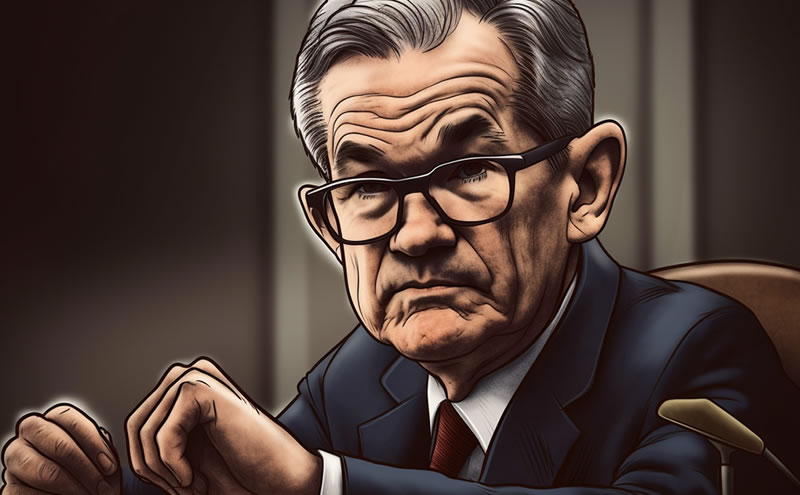
Despite the Fed's rate hike, bond markets have been sending mixed signals. Treasury yields have plunged, leaving some to wonder if things are less dire than they appear. Wharton School Professor of Finance Jeremy Siegel, however, expresses skepticism over the Fed's ability to maintain banking stability while combatting inflation with higher interest rates.
According to Siegel, the Fed's projections for GDP growth and unemployment rates have been questionable. For instance, while the central bank has lowered its GDP projection for the year to 0.4%, the first quarter has already exceeded 2%. This discrepancy implies that the Fed may be anticipating negative GDP growth over the remaining three quarters – a possibility that, if true, would signal a recession.
Additionally, Siegel points out that the Fed's predictions for job losses and payroll figures seem inconsistent. With these concerns in mind, it is difficult to understand how the central bank can project a recession and job losses as appropriate monetary policy outcomes.
In the past, the Fed has insisted that it would adjust its policy dramatically if it saw inflation coming down in the near future. However, the current strength of the economy, coupled with stubborn inflation rates, calls this stance into question. The bond market's current setup suggests that it may be time for the Fed to ease up on its policies.
In a revealing admission, Fed Chair Jerome Powell said that if it weren't for the banking crisis, he would have been prepared to raise interest rates by 50 basis points. This statement suggests that the central bank believes the crisis is worth only a quarter of one percent in the Fed funds rate. Critics argue that this is a gross underestimation of the crisis's impact, with some experts estimating its worth at two to three, or even eight, percentage points.
In conclusion, the Federal Reserve's recent rate hike and subsequent projections have raised doubts about the central bank's ability to balance inflation-fighting measures and banking stability. The discrepancies in GDP growth projections, unemployment rates, and the true impact of the banking crisis on interest rates suggest that the Fed may need to reevaluate its approach. As financial markets continue to react, investors and analysts alike will be closely watching the Fed's next moves.
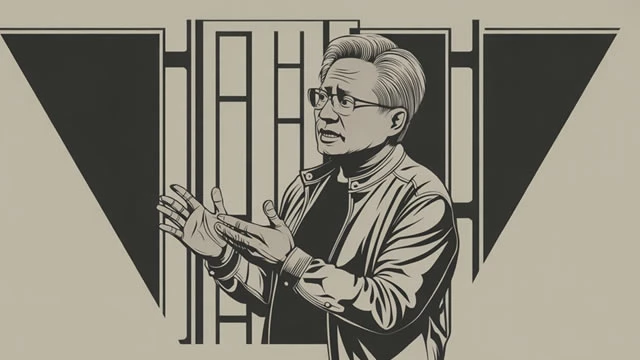




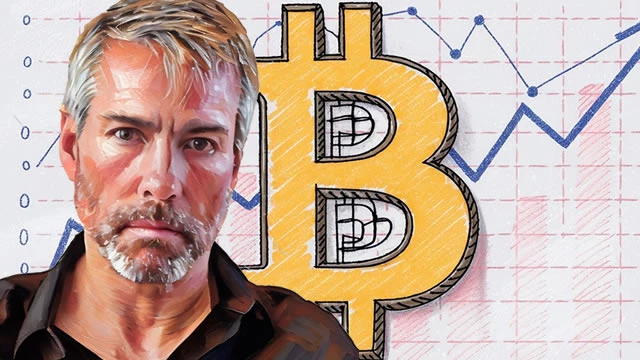








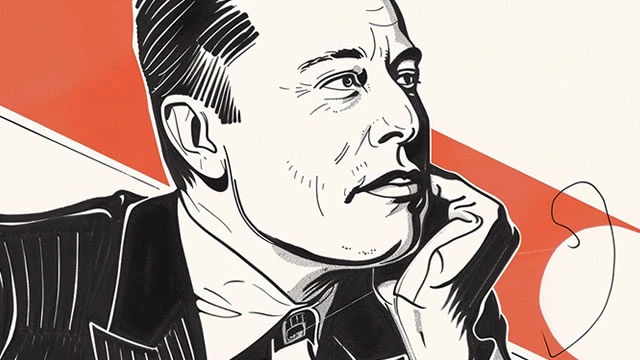
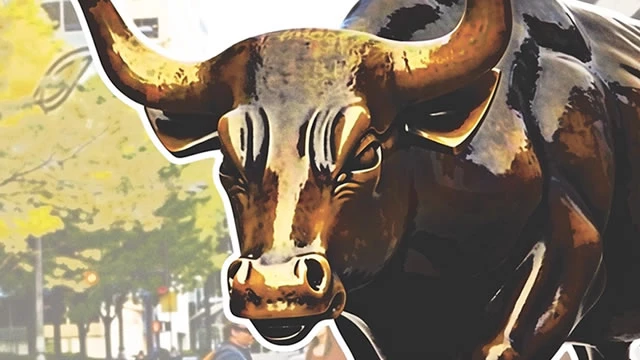

Rate this article